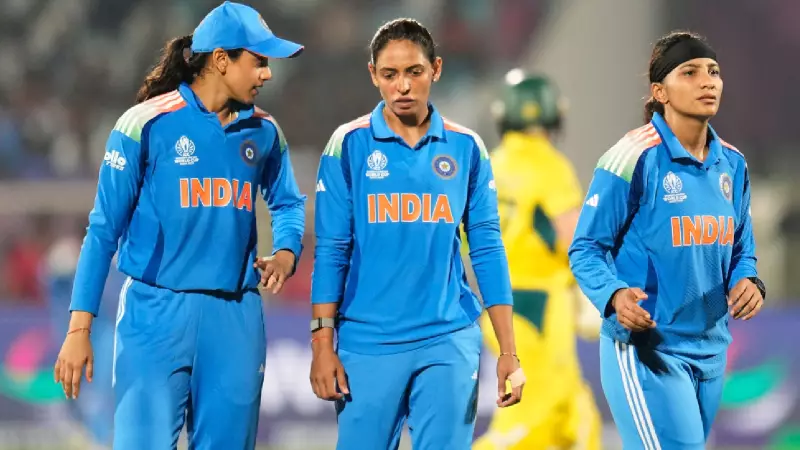
Team India's puzzling approach to the Decision Review System (DRS) during their Women's World Cup encounter against Bangladesh has left cricket enthusiasts scratching their heads and experts questioning their tactical awareness.
The Costly Review That Never Should Have Been
In a moment that defined India's struggle with the technology, Harmanpreet Kaur opted for a review that appeared destined for failure from the outset. The Indian captain, facing Nahida Akter's spin, found herself trapped on the pads in a manner that screamed 'plumb' to everyone watching. Yet, to the astonishment of commentators and viewers alike, Kaur signaled for the 'T' and burned what could have been a crucial review.
The replay confirmed what was obvious to the naked eye - the ball was hitting the stumps decisively, sending Kaur back to the pavilion and leaving India with diminished review options at a critical juncture of the match.
A Pattern of Questionable Decisions
This wasn't an isolated incident in India's World Cup campaign. Throughout the tournament, the Women in Blue have demonstrated an inconsistent and often baffling approach to DRS usage. Cricket analysts have noted that while some teams have mastered the art of strategic reviewing, India's decisions often appear rushed and lacking the consultation process that characterizes successful DRS implementations.
The pattern raises important questions about India's preparation and in-game decision-making processes. In modern cricket, where matches can hinge on a single decision, efficient DRS management has become as crucial as batting and bowling strategies.
The Familiarity Factor in World Cup Cricket
What makes these repeated missteps particularly surprising is the familiarity between the two teams. India and Bangladesh have faced each other frequently in recent years, including in the Asia Cup and bilateral series. This regular competition should, in theory, lead to better understanding of opponents and sharper tactical awareness, including when to challenge umpiring decisions.
Instead, India's DRS struggles against Bangladesh highlight a concerning gap in their tactical preparation. The very technology designed to eliminate howlers has become a source of additional pressure for the team, rather than the strategic advantage it represents for other top cricketing nations.
Broader Implications for India's Campaign
As the Women's World Cup progresses, India's DRS dilemma could have significant consequences for their tournament aspirations. Wasted reviews in tight matches against stronger opponents might prove catastrophic, potentially turning winnable games into frustrating losses.
The team management now faces the urgent task of addressing this weakness before it costs them crucial points. This involves not just technical understanding of the system, but developing better communication between players and establishing clear protocols for when to challenge decisions.
Cricket purists might argue that the game should return to trusting umpires' decisions, but in the current era, mastering DRS has become non-negotiable for teams with championship ambitions. For India to be considered genuine title contenders, they must quickly solve their review system puzzle.





